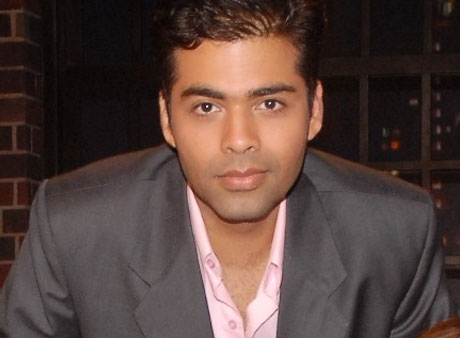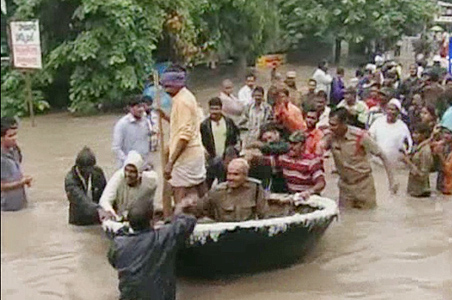
New Delhi is under pressure to deliver in time for next year's Commonwealth Games amid doubts about its readiness.
A year-long countdown began Saturday for the 19th Commonwealth Games India is hosting, the country’s biggest sporting extravaganza that the government says will showcase its abilities even as critics say the preparations are not up to the mark and may fall short of international expectations.
The 12-day event will open Oct 3, 2010 at the 75,000-capacity Jawaharal Nehru Stadium in the heart of New Delhi.
Over 5,000 athletes from 53 countries that were once part of the British empire will compete in 17 disciplines. The event is the biggest India will host since the Asian Games in 1982 that saw 4,595 athletes from 33 nations take part in 21 events.
Amid hiccups and criticism, the Commonwealth Games Organising Committee of India is confident that the grand show will go like clockwork.
“Let me tell you that 80 percent of the work at all the venues will be completed before December 31, except cycling and rugby venues where work started a bit late. But those two will also be completed in time for the competition,” Committee Secretary General Lalit Bhanot said.
Delhi Chief Minister Sheila Dikshit, for whom the games are a matter of personal prestige, admits to spending sleepless nights but is equally sure that the event will go off without a hitch. “We will be ready on time,” she has declared.
But the going hasn’t been exactly smooth.
Last month, Commonwealth Games Federation president Michael Fennel shot off an angry letter to Indian Olympic Association (IOA) chief Suresh Kalmadi demanding a meeting with Prime Minister Manmohan Singh to ensure that work on various projects was expedited.
“With only a year to run until the games, I feel I must personally brief the prime minister on the lack of preparations and to seek his input in developing an appropriate recovery plan,” Fennel said.
Fennel’s outburst has spurred the Indian authorities to pledge that all the
facilities will be ready on time.
Security is a major issue but the home ministry has ruled out any threat to the Games. “To the best of our knowledge, there is no specific threat to the Commonwealth Games,” Home Secretary G.K. Pillai said.
India has briefed security professionals and representatives from 26 Commonwealth countries including Australia, Britain, Canada, New Zealand, Kenya, Nigeria and Singapore about security and traffic related arrangements to be put in place during the games. The delegations were also shown around the venues of the games.
Pillai said the delegates were impressed with the professional nature of presentations. But some did make suggestions.
“There were 10 major issues. The most important was the management of public perception of threat to the games. Others included appointment of nodal officers for co-ordination. It was decided that all countries would share their threat perceptions with each other,” he said.
Delhi’s chaotic traffic, with some 900-1,000 vehicles being added every day, could prove to be a bugbear. But the police say a solution is at hand with an Intelligent Traffic System (ITS) being installed to cover 302 intersections and 87 corridors covering 204 km.
What is also causing concern is the multiplicity of agencies involved in putting the games infrastructure into place. Then, it took an outburst from IOA secretary general Randhir Singh, vice chair of the Commonwealth Games Organising committee, to get it to activate its sub-committees.
“Time is running out and there is all round scrambling, leading to grave doubts about the successful conduct of the games. Do you think the promise of organising the games will be fulfilled?” Randhir Singh, who took part in the shooting event at the 1982 Asiad, wondered while speaking to IANS.
“Criticism should be ... welcomed because sometimes you may think things are moving in the right direction, whereas it might not be so,” he added.
Thanks to him, the 23-odd sub-committees are up and running. This, however, cannot be said of the venues across the city where the games will be staged.
Be it the showcase Jawaharlal Nehru Stadium, the venue of the opening and closing ceremonies and the athletics competition, the Indira Gandhi Indoor Stadium, the Yamuna Velodrome, the S.P. Mukherjee Aquatic Complex or the K.D. Singh Babu National Stadium, work is at best 40 percent complete.
In all this, the only bright spark seems to be the Commonwealth Games Village - largely because the athletes’ housing complex is being executed by a private builder.
The homes are sleek seven, eight and nine storied luxury apartment blocks laid out amid green landscaped parks, a mini golf course, a swimming pool and a club house that will have a food court and swanky shopping mall.












